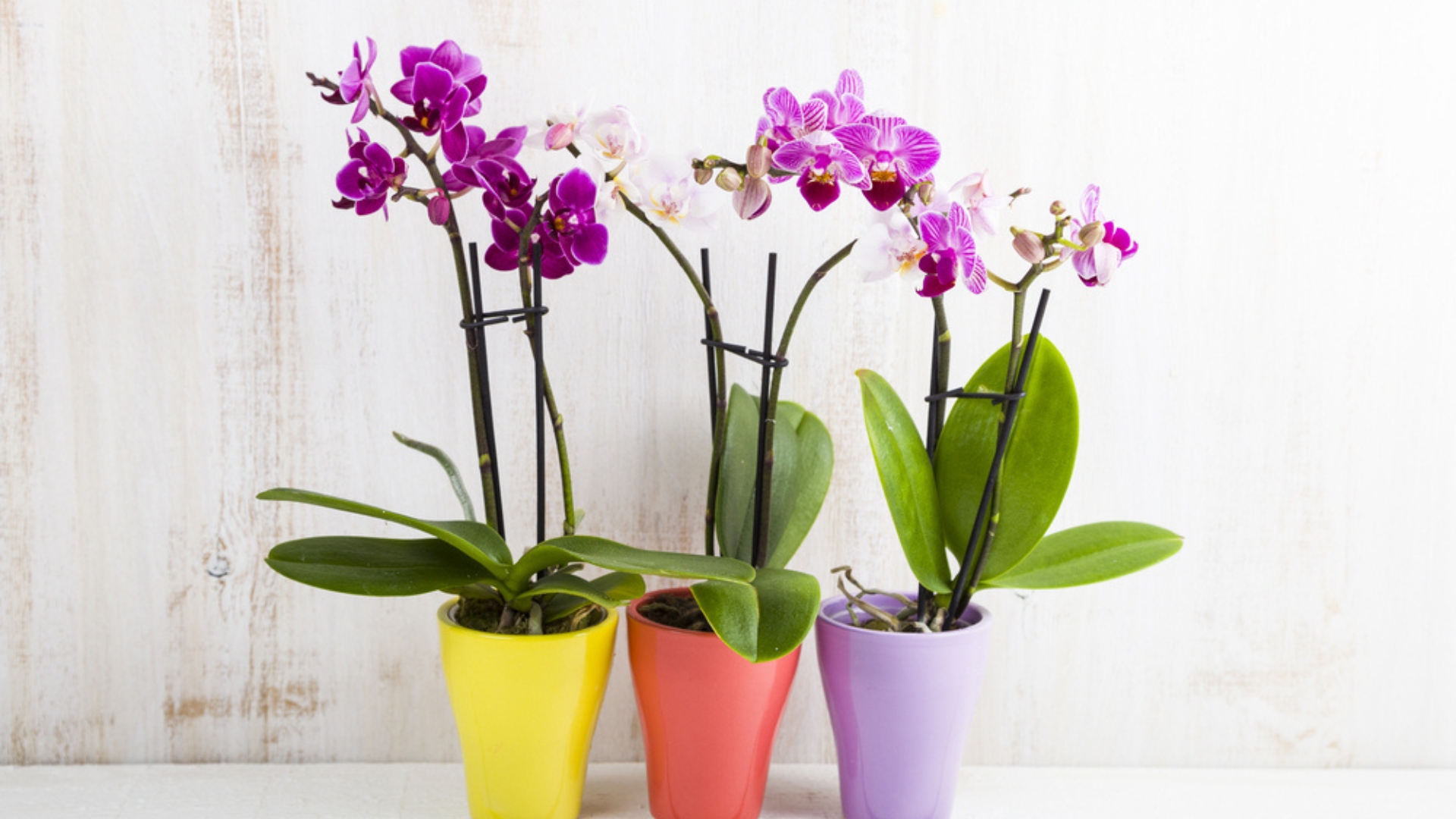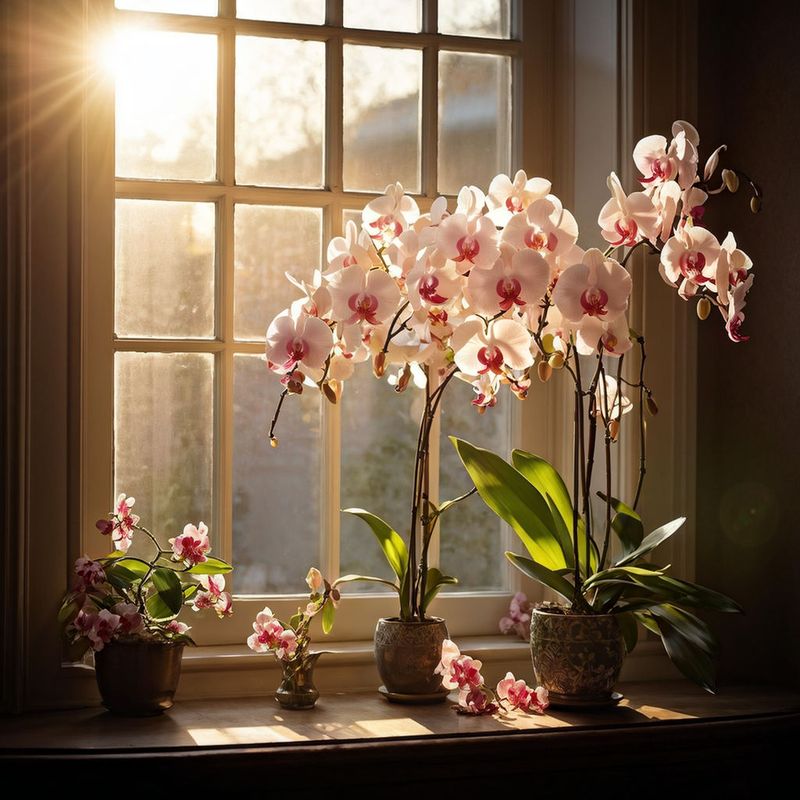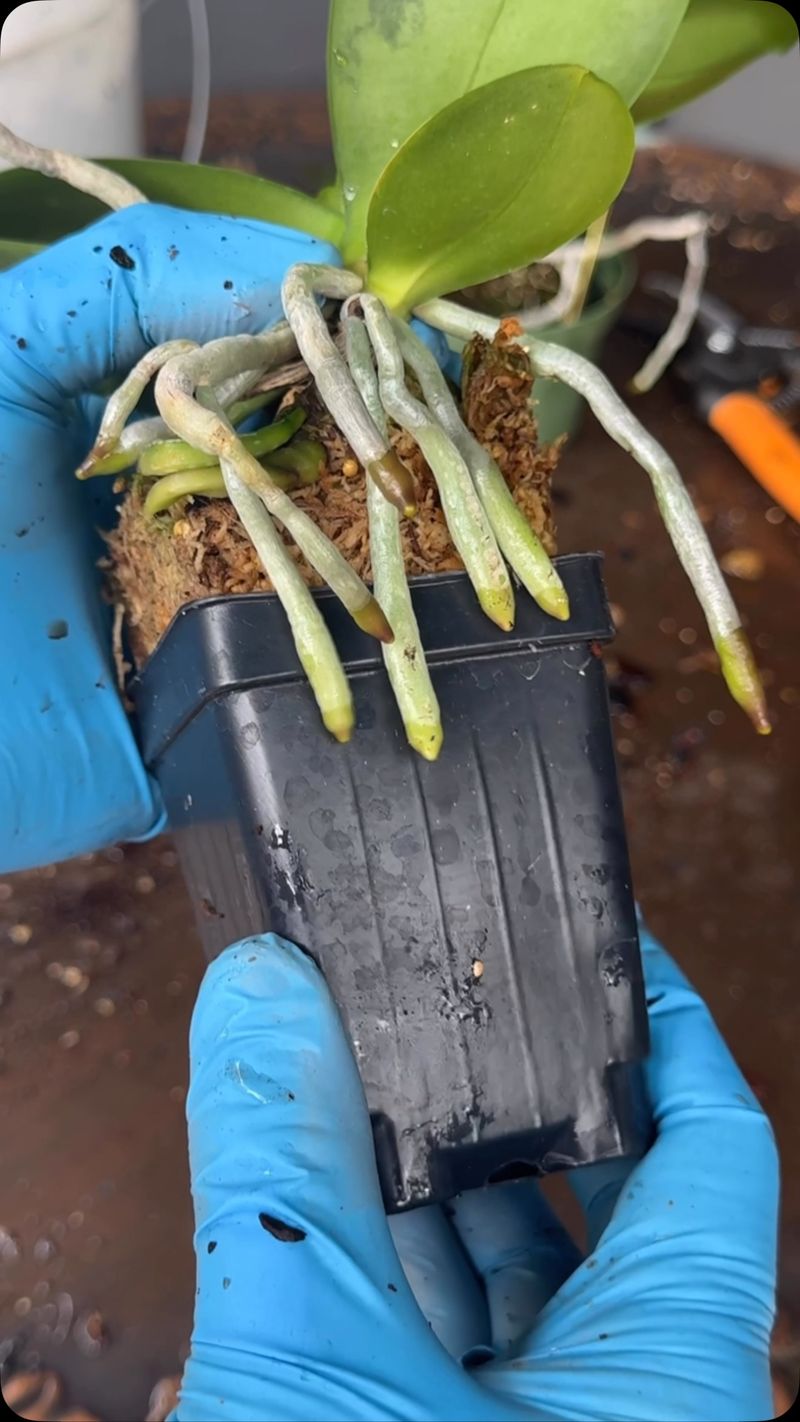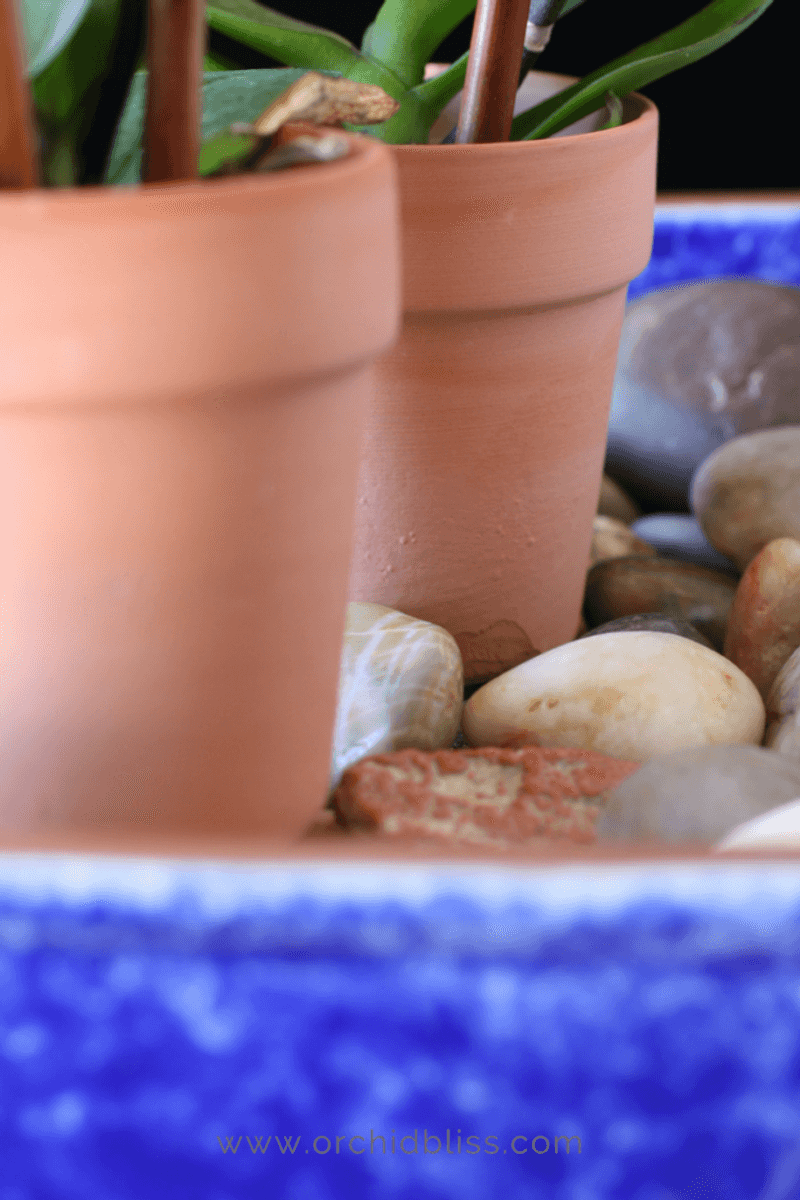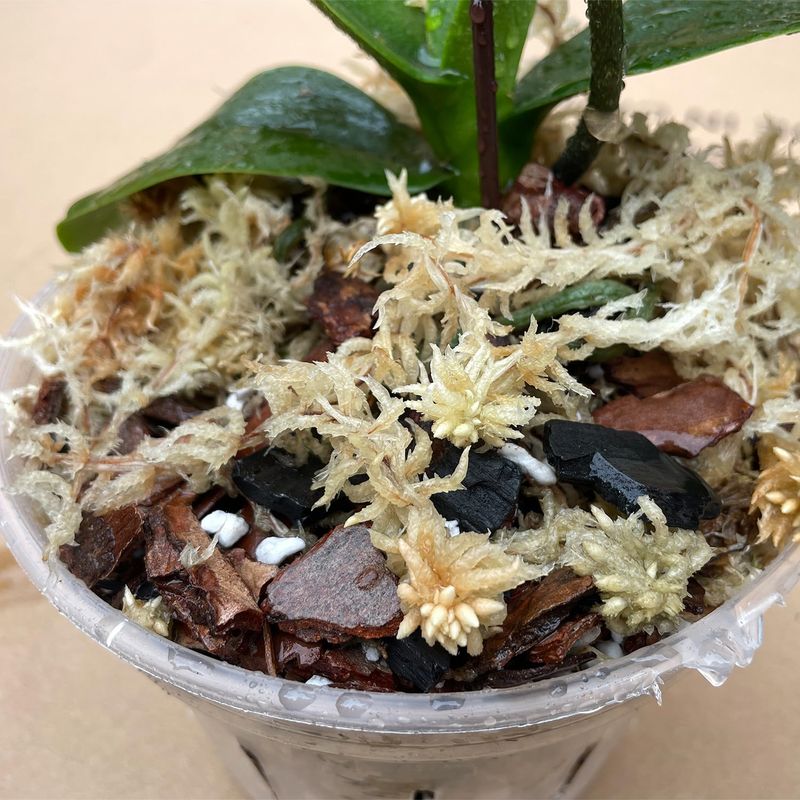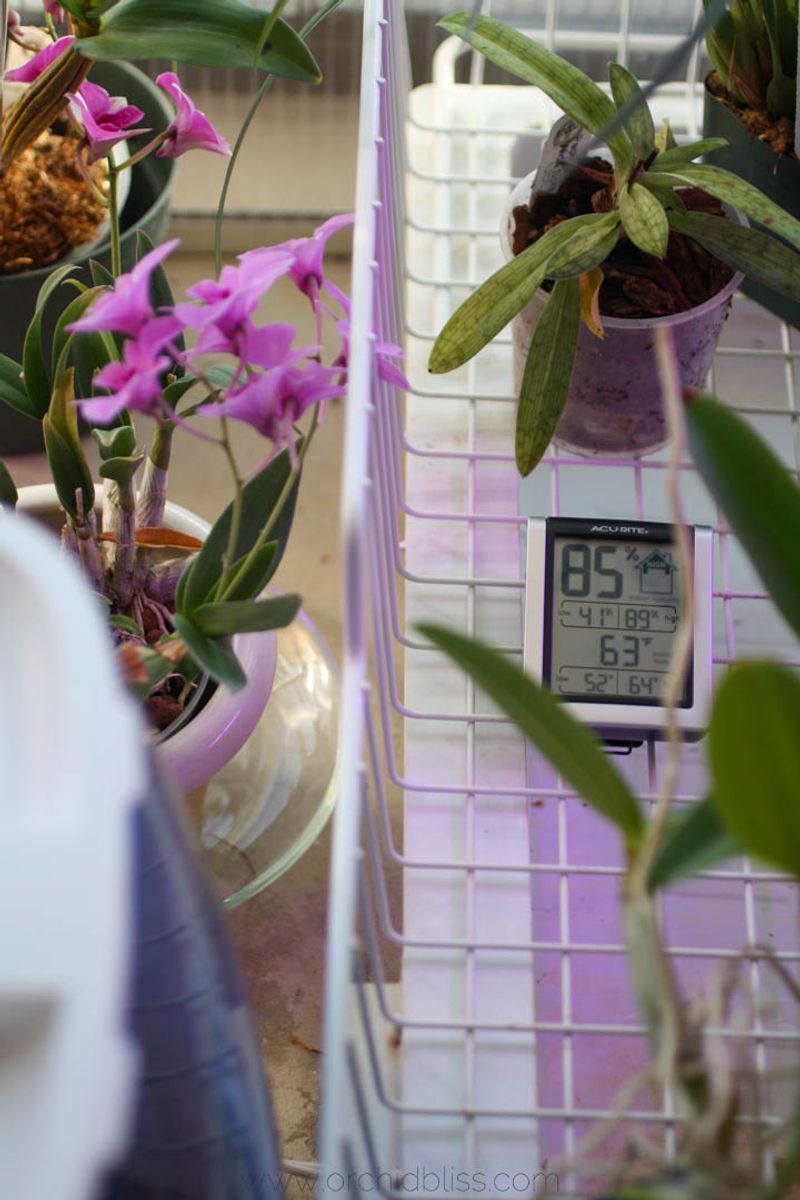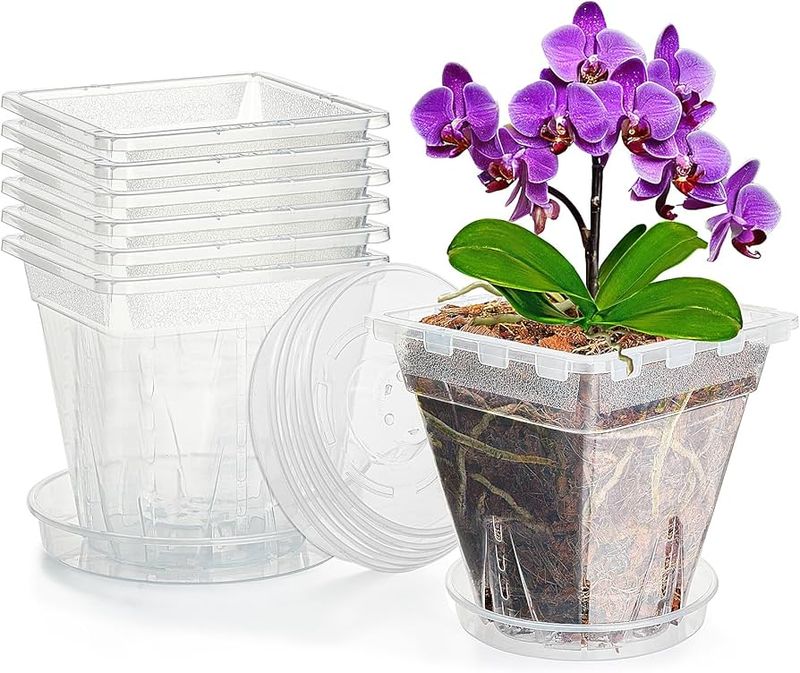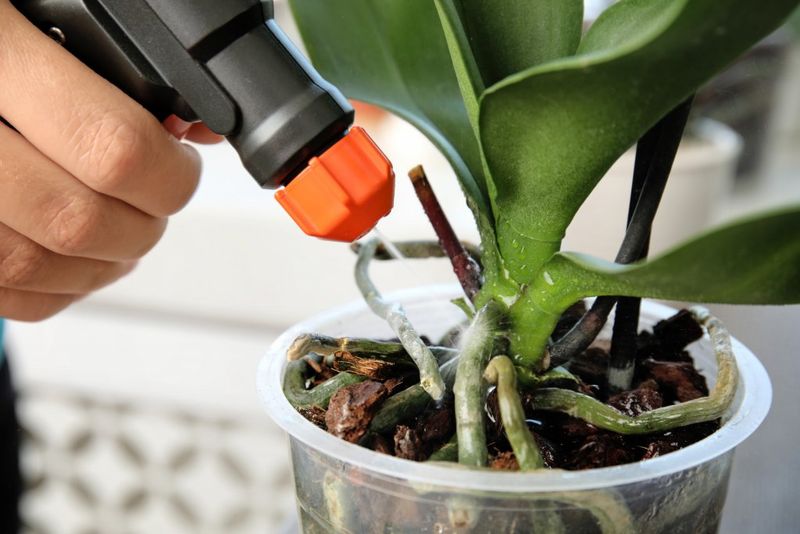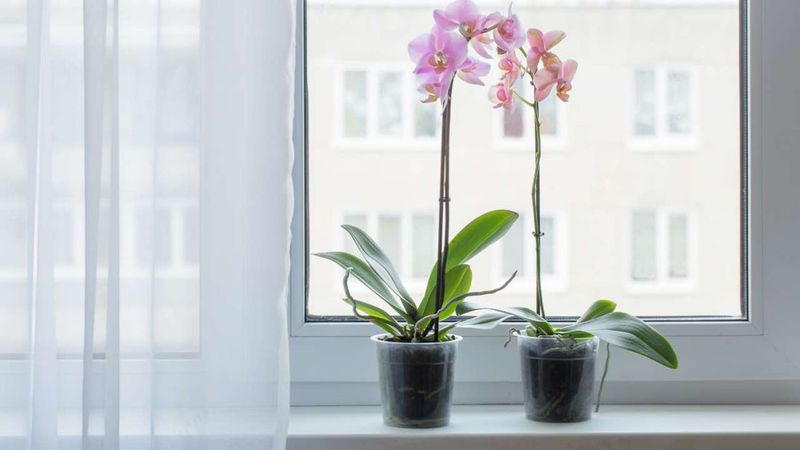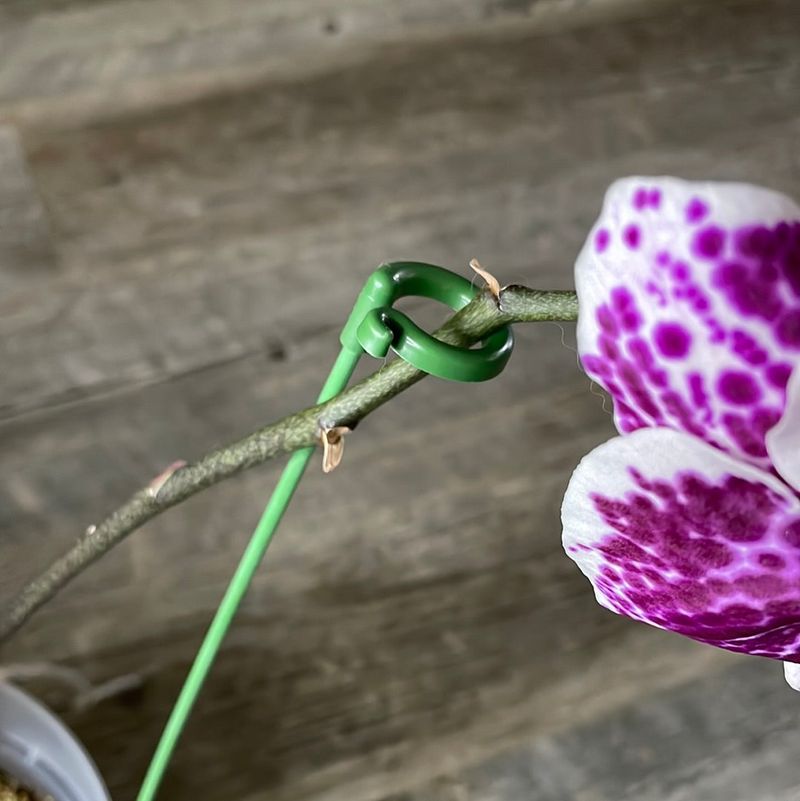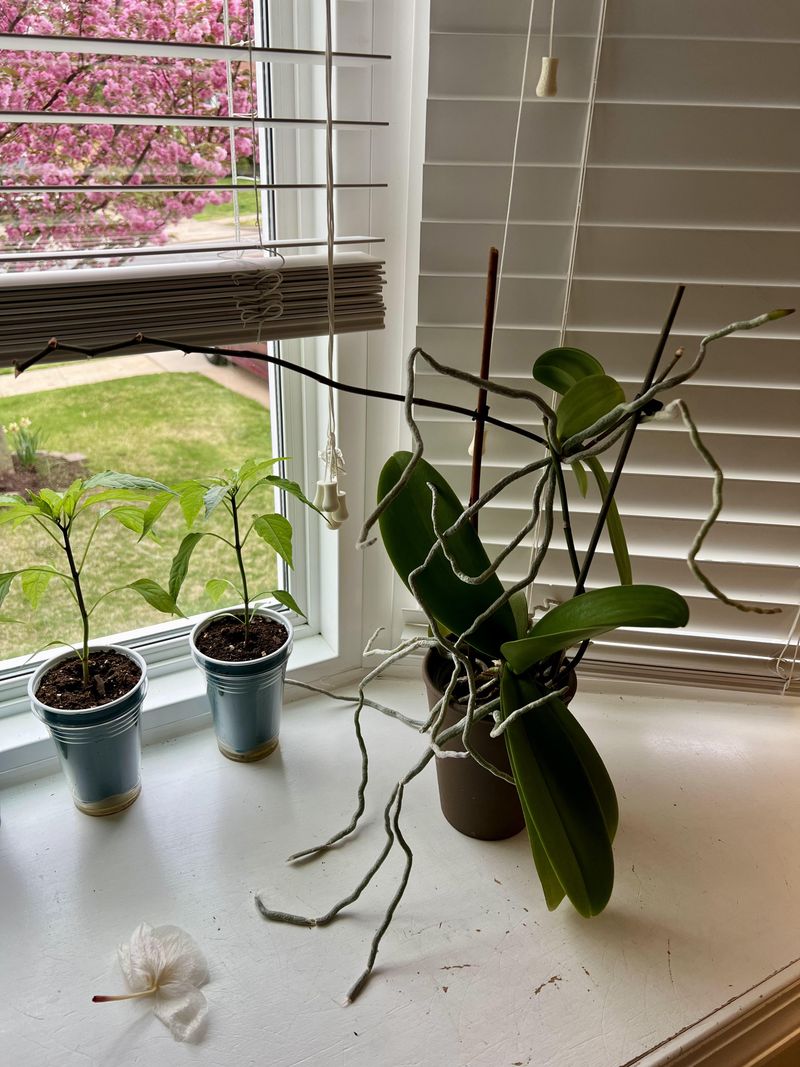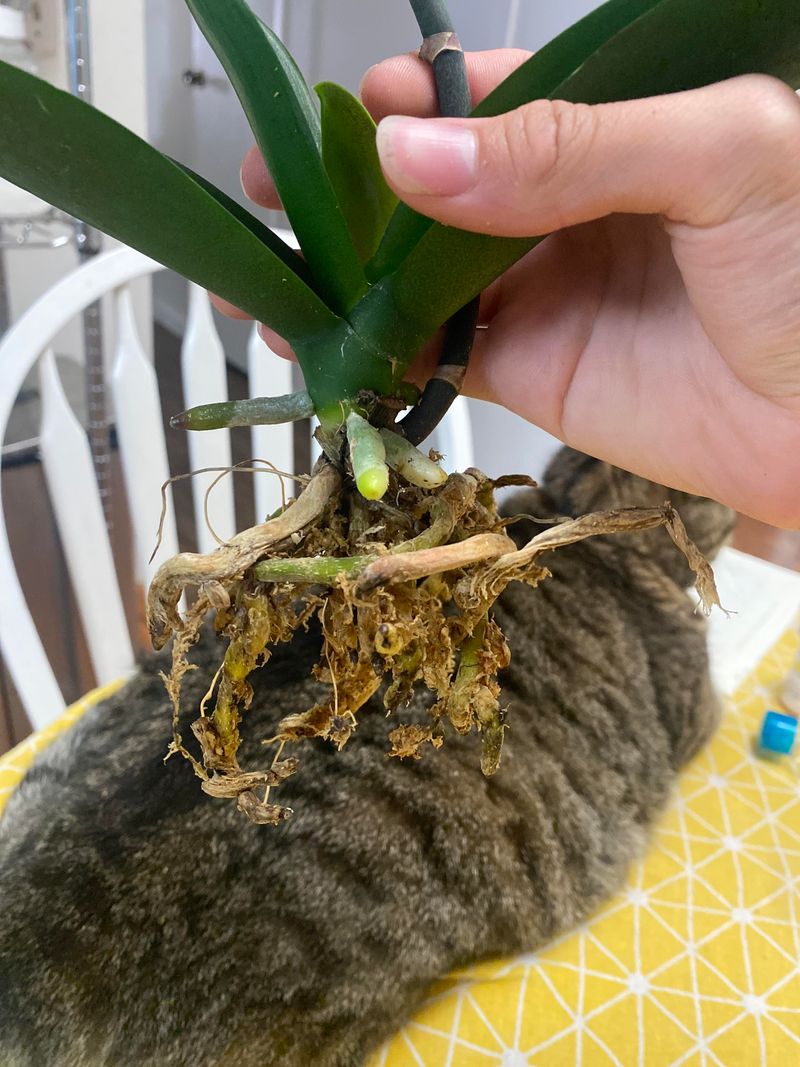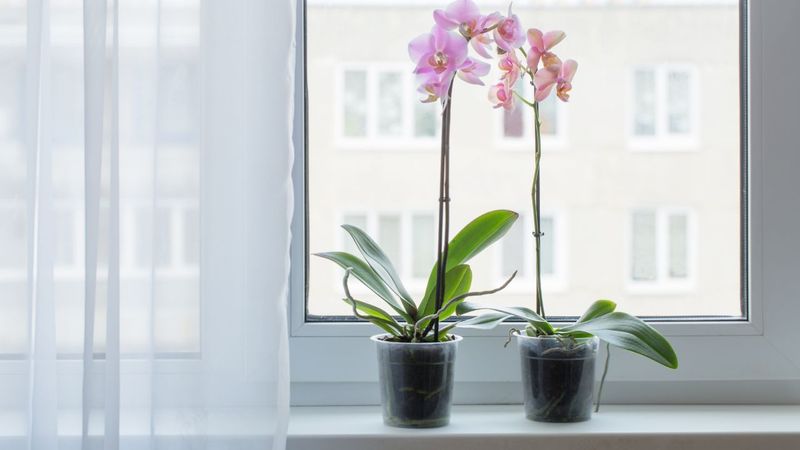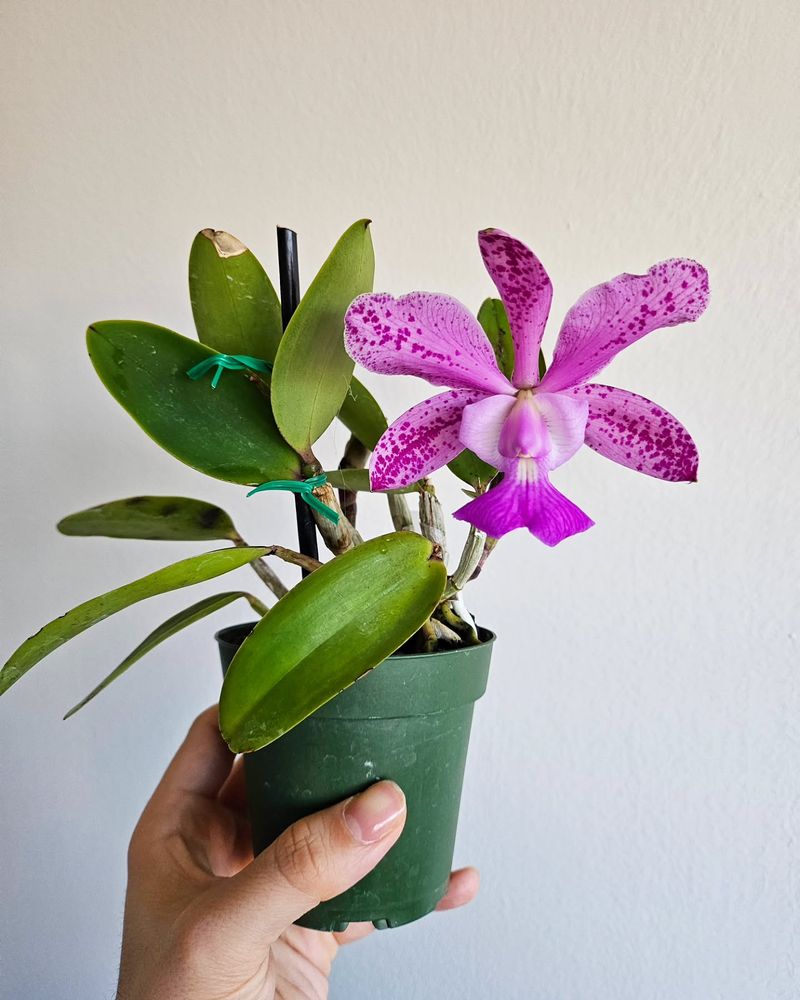Orchids may be showstoppers, but they don’t bloom on beauty alone. Behind every thriving orchid is a grower who knows the ropes—and doesn’t skip the basics. Whether you’re a newbie or a seasoned collector, these 17 essentials are the bread and butter of orchid health.
Miss one, and your plant might throw in the towel. Let’s dive into the must-haves your orchid can’t live without!
1. Filtered Light Conditions
Orchids crave bright, indirect light that mimics their natural habitat beneath tropical forest canopies. Direct sunlight scorches their leaves, while too little light prevents blooming.
An east or west-facing window often provides the perfect balance. During winter months, south-facing windows work well, but use a sheer curtain to diffuse harsh rays.
Watch your orchid’s leaves for clues – dark green indicates too little light, while yellowish or red-tinged leaves suggest too much exposure.
2. Proper Watering Schedule
Overwatering kills more orchids than underwatering ever will. Most varieties prefer their roots to dry out between waterings, mimicking the rainfall patterns of their native environments.
Check moisture by sticking your finger an inch into the potting media – if it feels dry, it’s watering time. The color of roots also tells a story: healthy hydrated roots appear green, while silvery-white roots signal thirst.
Water thoroughly until it flows from drainage holes, but never let your orchid sit in standing water.
3. Appropriate Humidity Levels
Coming from tropical regions, orchids thrive in higher humidity than most homes naturally provide. Aim for 50-70% humidity to keep your plant happy.
Create a microclimate by placing your orchid on a tray filled with pebbles and water, making sure the pot sits above the water line. Grouping plants together naturally increases humidity, as does misting occasionally with room-temperature water.
Bathrooms with windows make excellent orchid homes due to shower steam creating perfect humidity conditions.
4. Specialized Potting Medium
Unlike regular houseplants, orchids don’t grow in soil! Their roots need excellent airflow, which is why they require special orchid mix containing bark, charcoal, and sometimes sphagnum moss.
This chunky mixture mimics how epiphytic orchids grow attached to trees in nature with roots exposed to air. The medium should drain quickly while still retaining some moisture.
Avoid regular potting soil at all costs – it suffocates orchid roots by holding too much water and not enough air.
5. Temperature Fluctuations
Many orchids actually need temperature differences between day and night to trigger blooming. This mimics their natural mountain habitats where temperatures drop after sunset.
Most popular varieties like Phalaenopsis prefer daytime temperatures of 70-85°F and nighttime drops of 10-15 degrees. Cooler-growing types such as Cymbidiums might need even more significant temperature shifts.
Avoid placing orchids near heating vents, air conditioners, or drafty windows that create sudden temperature swings rather than natural daily cycles.
6. Air Circulation Needs
Stagnant air creates the perfect environment for fungal and bacterial problems in orchids. Their natural habitat features gentle breezes that keep leaves dry and prevent disease.
A small fan set on low near your orchid collection works wonders. Position it to create gentle movement without directly blasting the plants.
Good airflow also helps strengthen stems and prevents water from collecting in leaf joints or crown areas, which can lead to rot issues that quickly kill even established plants.
7. Rest Periods Between Blooms
Orchids aren’t perpetual bloomers – they need recovery time after flowering. This dormancy period allows the plant to gather energy for the next spectacular bloom cycle.
During rest periods, continue normal care but reduce fertilizer. Don’t mistake this natural cycle for a dying plant! Many new growers panic when flowers fall and mistakenly discard perfectly healthy orchids.
Patience rewards orchid growers – depending on the variety, expect anywhere from a few months to a year between flowering events.
8. Proper Containers With Drainage
Orchids suffer in pots without drainage holes. Their roots quickly rot when water pools at the bottom, so proper containers are non-negotiable for success.
Clear plastic pots offer a unique advantage – they allow light to reach the roots (which contain chlorophyll) and let you monitor root health easily. Many growers place these functional plastic pots inside decorative containers for display.
Size matters too – orchids actually bloom better when slightly root-bound, so avoid overly large pots that retain too much moisture.
9. Diluted Fertilizer Application
Orchids need nutrients, but in smaller amounts than most houseplants. The mantra “weekly, weakly” guides proper feeding – apply fertilizer at one-quarter to one-half the recommended strength every week during growing season.
Specialized orchid fertilizers balance nitrogen, phosphorus, and potassium to support both foliage and flower development. Flush the potting medium thoroughly with plain water monthly to prevent salt buildup from fertilizer.
During dormancy or winter months, reduce feeding to once monthly or stop entirely, resuming when new growth appears.
10. Seasonal Growth Adjustments
Orchids respond to seasonal changes even when grown indoors. Many varieties grow actively in spring and summer, then slow down in fall and winter.
Adjust your care routine accordingly – increase water and fertilizer during active growth periods, then reduce both when growth slows. Watch for natural cues like new leaves, roots, or flower spikes to guide your timing.
Some orchids, particularly Phalaenopsis, initiate flower spikes when exposed to cooler nighttime temperatures in fall, mimicking their natural blooming triggers.
11. Support For Flower Spikes
Those magnificent arching flower stems need help staying upright. Orchid spikes can grow quite tall and become top-heavy when filled with blooms.
Bamboo stakes work perfectly – gently secure the spike with special orchid clips or soft plant ties. Position the stake early when the spike first appears and adjust ties as it grows taller.
Never force a spike to grow in an unnatural direction – instead, work with its natural curve and provide support that complements its graceful form.
12. Protection From Pests
Orchids face threats from scale insects, mealybugs, aphids, and spider mites. Regular inspection prevents small problems from becoming infestations – check under leaves and along stem joints where pests hide.
Isolate new plants for two weeks before introducing them to your collection. This quarantine period helps prevent pest spread and protects established plants.
Treat mild infestations with rubbing alcohol on a cotton swab or horticultural oil spray. Severe cases might require systemic insecticides specifically labeled safe for orchids.
13. Consistent Growing Location
Orchids dislike being moved around frequently. Once you find a spot where your orchid thrives, resist the urge to relocate it.
Changing light conditions, temperature, or humidity confuses the plant and can interrupt blooming cycles. Only move your orchid temporarily for special occasions when you want to display its flowers.
If you must relocate permanently, do so gradually by moving the plant a short distance every few days to minimize stress and allow adjustment to new conditions.
14. Regular Grooming Maintenance
Keeping orchids tidy improves both health and appearance. Remove yellowing leaves by cutting at the base with sterile scissors – they won’t turn green again and just drain energy from the plant.
After flowers fade, decide whether to cut the spike. For some varieties like Phalaenopsis, trimming just above a node may produce secondary blooms, while others need complete spike removal to encourage new growth.
Wipe dust from leaves occasionally with a damp cloth to keep photosynthesis efficient and inspect for early signs of problems.
15. Repotting At Proper Intervals
Most orchids need repotting every 1-2 years as their potting medium breaks down and compacts. Signs it’s time include roots growing wildly outside the pot, declining plant health, or potting mix that stays soggy.
Always repot after blooming ends, never during flowering. Fresh medium restores proper drainage and aeration that orchid roots require.
Size up containers only slightly – just an inch larger in diameter. Oversized pots hold excess moisture around roots and can lead to rot problems.
16. Protection From Extreme Elements
Orchids need shielding from environmental extremes. Keep them away from cold drafts, heating vents, and air conditioning outlets that create sudden temperature changes.
Direct summer sun through windows can quickly burn leaves, while winter windowsills might become too cold at night. Pull plants back a few inches from glass during extreme weather.
Even indoor orchids benefit from seasonal adjustments – move them slightly farther from windows in summer and closer in winter to maintain optimal light levels.
17. Specialized Needs By Variety
Not all orchids want the same care! Phalaenopsis (moth orchids) prefer warm conditions and moderate light, while Dendrobiums need more light and a distinct dry rest period.
Cattleyas require bright light to bloom successfully, and Paphiopedilums (slipper orchids) prefer lower light and consistently moist conditions. Research your specific variety’s needs for best results.
Matching care to type transforms struggling plants into thriving specimens. The most common mistake is treating all orchids identically when their natural habitats differ dramatically.

